Tire size can be confusing. Some numbers on the sidewall are listed in millimeters while others are inches. Plus, the right size for your car, truck, or trailer can differ depending on where and how you drive.
You can see your original equipment tire size in your owner’s manual or on the placard generally located on the driver’s side door jam. This is the sizing recommended by the vehicle manufacturer.
If you’re interested in switching out your tires for a different look or performance, a good place to start is the numbers and other indicators on your existing tires’ sidewall. Next, have a tire professional help you determine a tire size range that will fit your vehicle and driving needs.
Here’s what those numbers and indicators on the sidewall indicate and how to understand them:
A: TIRE TYPE The first letter in the code tells you what class of tire it is.
P stands for passenger vehicle tire. P-class tires include cars, SUVs, crossovers, minivans and smaller pickup trucks.
LT means light truck tire, designed for vehicles that are capable of carrying heavy loads, towing trailers, or for those looking for an extra heavy duty option. These are often equipped on three-quarter or 1 ton trucks and SUVs.
ST stands for Special Trailer. These tire sizes are meant for trailers, including fifth wheels and other travel trailers, as well as boat and utility trailers.
If there’s no letter before the first number, you have a metric tire most commonly referred to as European size. It’s also measured in millimeters but may have a different load capacity than a P or LT tire.
B: TIRE WIDTH The three-digit number following the letter is the tire’s width (from side to side, looking at the tire head on) in millimeters. This may also be referred to as the section width.
C: ASPECT RATIO The forward slash separates the tire width number from the two-digit aspect ratio. The bigger the aspect ratio, the higher/taller the tire’s sidewall, or “profile” as it’s sometimes called.
The aspect ratio is indicated on the tire sidewall as a percentage. It’s the height of the sidewall measured from wheel rim to top of the tread, expressed as a percentage of tire width.
In this example, the aspect ratio is 65, meaning the sidewall is 65 percent as high as the tire is wide. To get the sidewall height, take the tire width of 215 mm and convert it to inches (8.46). Then multiply this by 65% (.65). This gives you an answer of 5.5, the sidewall height in inches.
D: CONSTRUCTION TYPE This single letter tells you about the internal construction of the tire.
R is for radial tires, the industry standard for most tires today. They have better road grip, lower rolling resistance for better gas mileage, ride comfort and durability than previous generations of tires. In a radial tire, the plies — layers of strong cords made of a blend of polyester, steel and fabric and coated with rubber — are laid perpendicular to the direction of travel.
In a radial tire, the plies — layers of strong cords made of a blend of polyester, steel and fabric and coated with rubber — are laid perpendicular to the direction of travel.
D is for tires built with diagonal (crisscrossed) plies, called bias-constructed tires. They are also called conventional, x-ply, or cross-ply tires. Some motorcycle and trailer tires still use this internal construction.
Some run-flat tires are identified with an F followed by the type of internal construction.
E: WHEEL DIAMETER This two-digit number specifies wheel diameter in inches. It’s the distance between the two bead seat areas (where a tire gets tightly sealed onto the wheel).
F: LOAD INDEX The two-digit or three-digit number that follows the gap specifies tire load index. The load index symbol indicates how much weight a tire can support, based on the following standard chart. In our example, the load index is 89, which indicates the tire has a load capacity of 1,279 pounds, when inflated to the tire’s maximum air pressure rating.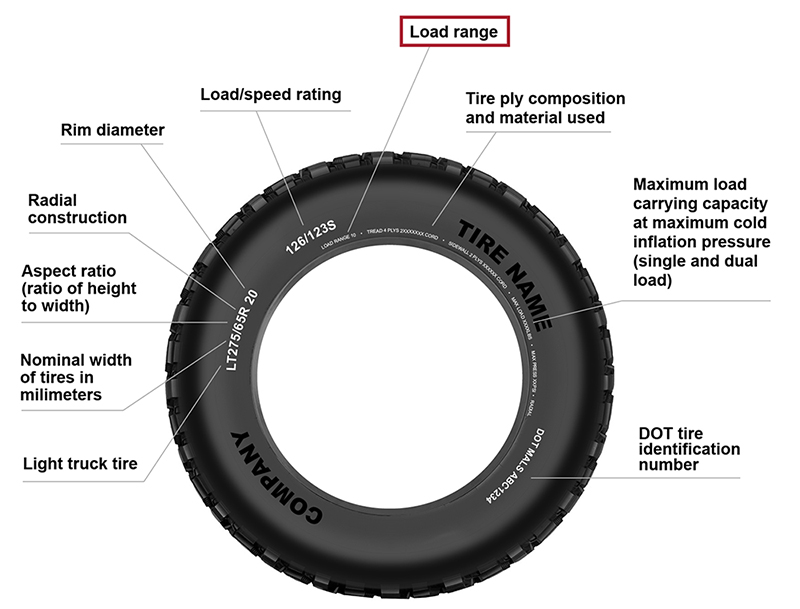
G: SPEED RATING The last letter is the tire speed rating. This indicates the top speed it’s safe to travel at for a sustained amount of time. A tire with a higher speed rating can handle heat better and provide more control at faster speeds. The maximum operating speed of a vehicle is no more than the lowest speed rating of all tires mounted on the vehicle. (Of course, you should always abide by speed limits for safer driving.) Speed rating is usually, but not always, a single letter (see the chart).
Below you will find several charts that will help you understand tire sizing numbers, including a load index chart and speed rating chart.
A tire size calculator is a quick way to see whether the tire size you’re considering will likely fit your car, SUV, sports car, light truck or crossover.
But remember that is only an estimate. It’s important to stay within the sizing tolerances of your vehicle.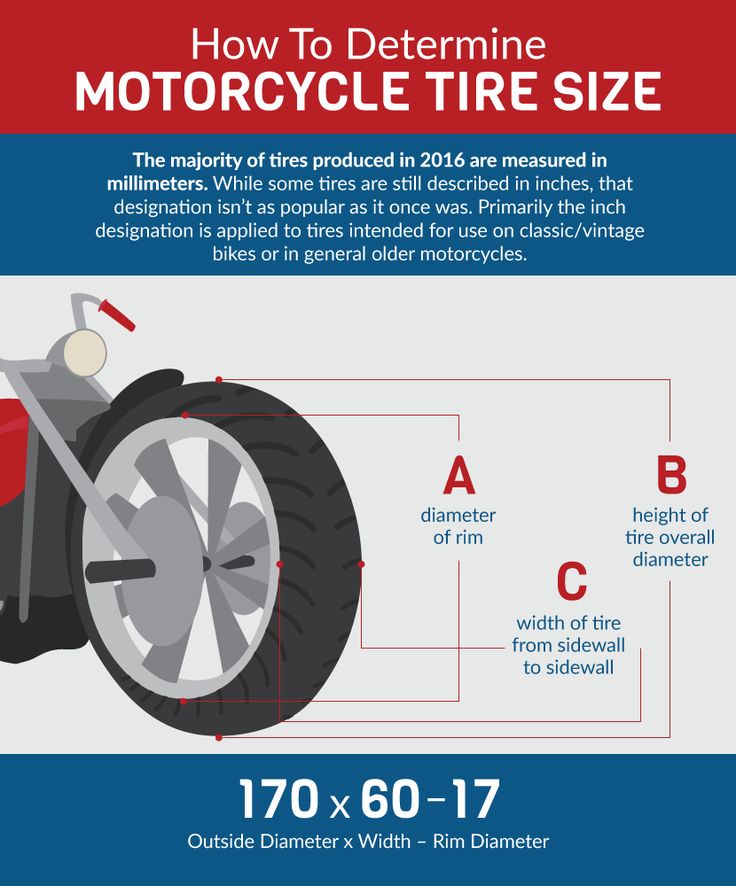 Tires that are the wrong size could cause some pull in the steering wheel, rub against the suspension or body of your vehicle, reduce clearance on hills, or result in a stiffer or noisier ride.
Tires that are the wrong size could cause some pull in the steering wheel, rub against the suspension or body of your vehicle, reduce clearance on hills, or result in a stiffer or noisier ride.
If you’re considering mounting a different tire size on your vehicle, check with a tire expert. Find out whether the tires and wheels you have your eye on are the right fit for your vehicle’s suspension, gearing, and bodywork. And ask how any differences in revolutions per mile, tire speed, load index, and speed rating will affect your ride quality and vehicle performance.
See how new tires and rims will look on your car or truck using our Virtual Wheels simulator, available at any Les Schwab.
Find Your Store
When shopping for tires online, you’ll notice the terms load index, load range, and speed rating included within the technical specifications. (You can find these numbers and letters on your existing tires, located after the size of the tire.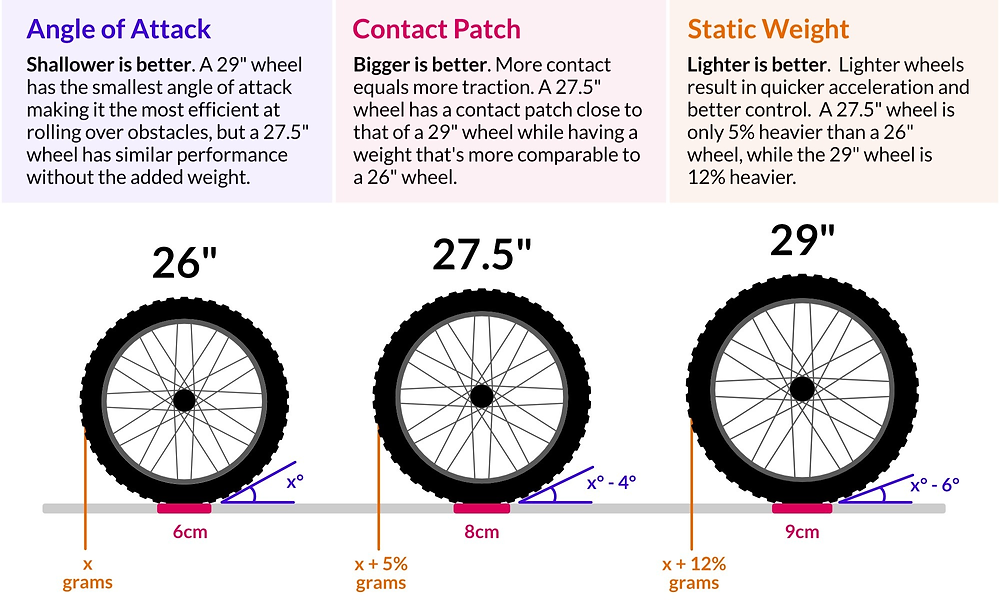 ) Understanding the meaning of load index and load range can help you find the right tire for your vehicle and your needs. As always, the experts at Les Schwab can answer all of your questions about what tires are right for you, but in this quick article, we’ll cover some of the basics of these indicators.
) Understanding the meaning of load index and load range can help you find the right tire for your vehicle and your needs. As always, the experts at Les Schwab can answer all of your questions about what tires are right for you, but in this quick article, we’ll cover some of the basics of these indicators.
Find A Store
The load index of a tire is a number that correlates to the maximum safe carrying capacity of the tire when it’s inflated to its maximum pressure. Higher load index ratings mean your tires will be able to handle a heavier load. In this example, there are two numbers. The higher number (load index) is for single rear-wheel applications. The lower number is for dual-wheel applications. This indicates its load-carrying capacity when inflated to its maximum pressure. Remember, air pressure is what carries the load in a tire. You can find each tire’s carrying capacity with the chart below.
| LOAD INDEX |
LOAD (lbs) |
LOAD INDEX |
LOAD (lbs) |
LOAD INDEX |
LOAD (lbs) |
|---|---|---|---|---|---|
| 65 | 639 | 94 | 1477 | 123 | 3417 |
| 66 | 661 | 95 | 1521 | 124 | 3527 |
| 67 | 677 | 96 | 1565 | 125 | 3638 |
| 68 | 694 | 97 | 1609 | 126 | 3748 |
| 69 | 716 | 98 | 1653 | 127 | 3858 |
| 70 | 739 | 99 | 1709 | 128 | 3968 |
| 71 | 761 | 100 | 1764 | 129 | 4079 |
| 72 | 783 | 101 | 1819 | 130 | 4189 |
| 73 | 805 | 102 | 1874 | 131 | 4299 |
| 74 | 827 | 103 | 1929 | 132 | 4409 |
| 75 | 853 | 104 | 1984 | 133 | 4541 |
| 76 | 882 | 105 | 2039 | 134 | 4674 |
| 77 | 908 | 106 | 2094 | 135 | 4806 |
| 78 | 937 | 107 | 2149 | 136 | 4938 |
| 79 | 963 | 108 | 2205 | 137 | 5071 |
| 80 | 992 | 109 | 2271 | 138 | 5203 |
| 81 | 1019 | 110 | 2337 | 139 | 5357 |
| 82 | 1047 | 111 | 2403 | 140 | 5512 |
| 83 | 1074 | 112 | 2469 | 141 | 5677 |
| 84 | 1102 | 113 | 2535 | 142 | 5842 |
| 85 | 1135 | 114 | 2601 | 143 | 6008 |
| 86 | 1168 | 115 | 2679 | 144 | 6173 |
| 87 | 1201 | 116 | 2756 | 145 | 6393 |
| 88 | 1235 | 117 | 2833 | 146 | 6614 |
| 89 | 1279 | 118 | 2910 | 147 | 6779 |
| 90 | 1323 | 119 | 2998 | 148 | 6944 |
| 91 | 1356 | 120 | 3086 | 149 | 7165 |
| 92 | 1389 | 121 | 3197 | 150 | 7385 |
| 93 | 1433 | 122 | 3307 |
| LOAD INDEX | LOAD (lbs) |
|---|---|
| 65 | 639 |
| 66 | 661 |
| 67 | 677 |
| 68 | 694 |
| 69 | 716 |
| 70 | 739 |
| 71 | 761 |
| 72 | 783 |
| 73 | 805 |
| 74 | 827 |
| 75 | 853 |
| 76 | 882 |
| 77 | 908 |
| 78 | 937 |
| 79 | 963 |
| 80 | 992 |
| 81 | 1019 |
| 82 | 1047 |
| 83 | 1074 |
| 84 | 1102 |
| 85 | 1135 |
| 86 | 1168 |
| 87 | 1201 |
| 88 | 1235 |
| 89 | 1279 |
| 90 | 1323 |
| 91 | 1356 |
| 92 | 1389 |
| 93 | 1433 |
| 94 | 1477 |
| 95 | 1521 |
| 96 | 1565 |
| 97 | 1609 |
| 98 | 1653 |
| 99 | 1709 |
| 100 | 1764 |
| 101 | 1819 |
| 102 | 1874 |
| 103 | 1929 |
| 104 | 1984 |
| 105 | 2039 |
| 106 | 2094 |
| 107 | 2149 |
| 108 | 2205 |
| 109 | 2271 |
| 110 | 2337 |
| 111 | 2403 |
| 112 | 2469 |
| 113 | 2535 |
| 114 | 2601 |
| 115 | 2679 |
| 116 | 2756 |
| 117 | 2833 |
| 118 | 2910 |
| 119 | 2998 |
| 120 | 3086 |
| 121 | 3197 |
| 122 | 3307 |
| 123 | 3417 |
| 124 | 3527 |
| 125 | 3638 |
| 126 | 3748 |
| 127 | 3858 |
| 128 | 3968 |
| 129 | 4079 |
| 130 | 4189 |
| 131 | 4299 |
| 132 | 4409 |
| 133 | 4541 |
| 134 | 4674 |
| 135 | 4806 |
| 136 | 4938 |
| 137 | 5071 |
| 138 | 5203 |
| 139 | 5357 |
| 140 | 5512 |
| 141 | 5677 |
| 142 | 5842 |
| 143 | 6008 |
| 144 | 6173 |
| 145 | 6393 |
| 146 | 6614 |
| 147 | 6779 |
| 148 | 6944 |
| 149 | 7165 |
| 150 | 7385 |
On some tires, you’ll see a load range indicator on the sidewall, as shown here.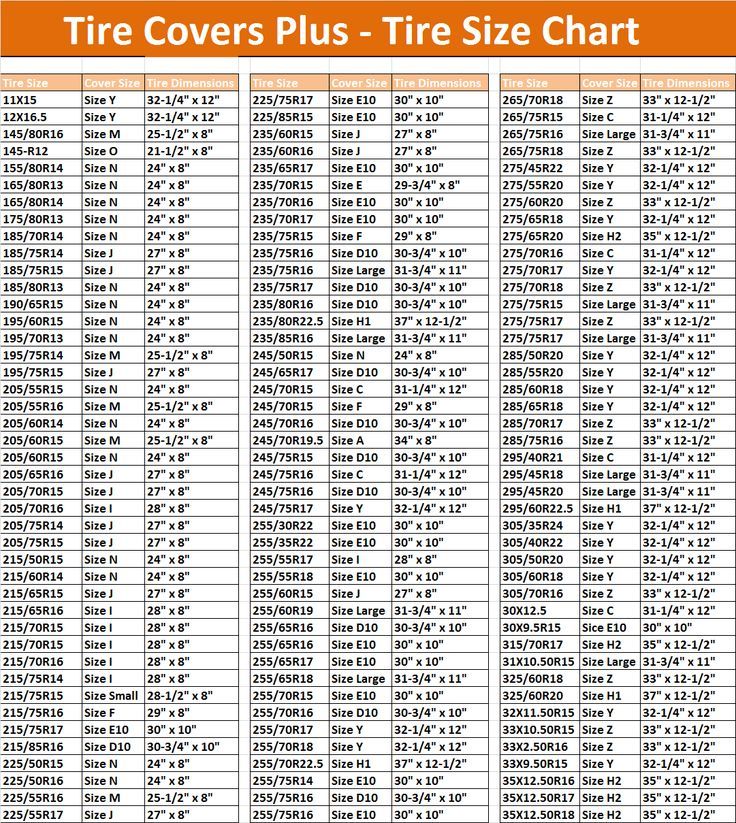 Load Range is an older measure of tire carrying capacity equivalent to
ply rating. The ply rating isn’t directly tied to the number of plies used in construction, so we recommend using Load Index when
appropriate. Load ranges are arranged in alphabetical order starting with the letter “A”. The ply ratings (load range) combined with the tire size tell you the tire load capacity.
Load Range is an older measure of tire carrying capacity equivalent to
ply rating. The ply rating isn’t directly tied to the number of plies used in construction, so we recommend using Load Index when
appropriate. Load ranges are arranged in alphabetical order starting with the letter “A”. The ply ratings (load range) combined with the tire size tell you the tire load capacity.
The load range on replacement tires must meet or exceed the recommendation on your vehicle’s door placard or owner’s manual. It can be higher than recommended but never lower.
| LOAD RANGE | PLY RATING |
|---|---|
| A | 2 |
| B | 4 |
| C | 6 |
| D | 8 |
| E | 10 |
| F | 12 |
Les Schwab Tip: Some cars, including electric vehicles, may require tires with a higher load range due to weight with and without passengers.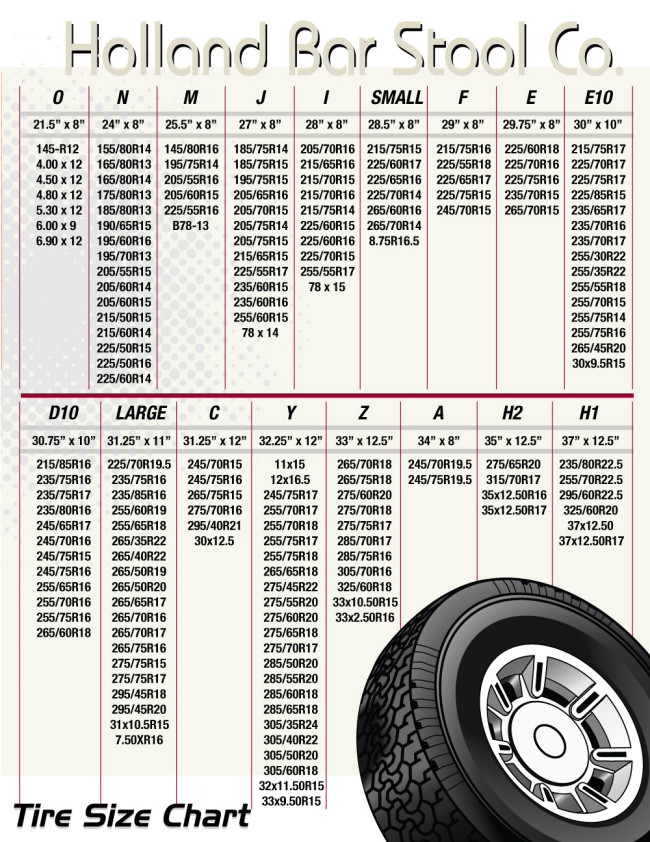
If this seems confusing. Don’t worry. The pros at Les Schwab will show you all of your options, including the size, load range, and load index you need for work, weekends, or your daily commute.
Tire numbers are explained by the letters and numbers printed on the side of the tire. These numbers tell you tires designation , then full dimensions , then total load/carrying capacity , speed rating and more. These characteristics are called the bus code. The specifications on the sidewall of your tires will always include tire size, radial construction, type of vehicle the tire was made for, speed rating, and pressure rating in PSI. The PSI inflation rating indicates the maximum PSI that a tire can safely handle. The tire specification also indicates the so-called load capacity. This is important when towing or towing a trailer.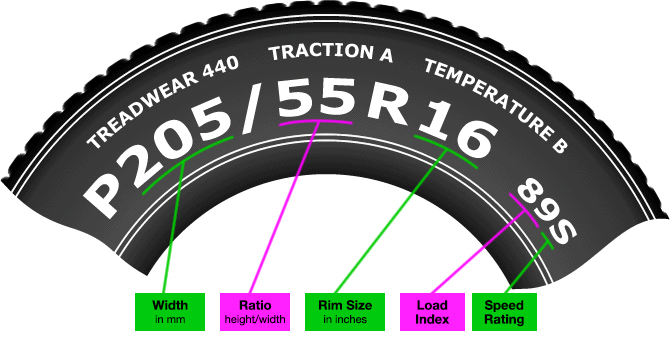 Read below for a complete guide to tires.
Read below for a complete guide to tires.
Width - Aspect Ratio - Radial - Diameter - Max. Load - Max. Speed the letter indicates the type of tires for certain vehicles.
p = Passenger car tire
T = Truck tire
Three digit number ( 215 ) is Width . This number refers to the tire width in millimeters. It is measured in millimeters from sidewall to sidewall.
A two digit number ( 65 ) is The aspect ratio is . This is the ratio of the height of the cross section of the tire to its width. The number 65 means that the height is equal to 65% of the width of the tire.
Letter ( p ) means Radial . This means that the layers run radially along the tire.
Number ( 17 ) is Wheel diameter . This is the size of the wheel, measured from one end to the other. It tells you the wheel size the tire is designed to fit.
It tells you the wheel size the tire is designed to fit.
The next number ( 95 ) is Load index . The load index indicates the maximum load that a tire can support when properly inflated. You can also find the maximum tire sidewall load in both lb-lbs and kg kg.
Determine what could be causing your tires to wear using this chart.
The last letter ( HOUR ) defines Speed Rating . The speed rating indicates the maximum speed of the tire. A tire with an H speed rating has a top speed of 130 mph.
Here is a chart that will determine your tire speed rating for tires. The last letter on your tire will be one of the letters below:
M = 81 mph
N = 87 mph = Spare tires
n = 93 mph
Q = 99 mph = Winter tires
p = 106 mph = Truck tires
S = 112 mph = Automobiles and minivans
T = 118 mph = Automobiles and minivans
U = 124 mph = Sports cars
V = 149 mph = performance cars
V = 168 mph = heavy duty cars
Y = 186 mph0 heavy duty cars = 9010
In case you're wondering, the most common tire size is R15 .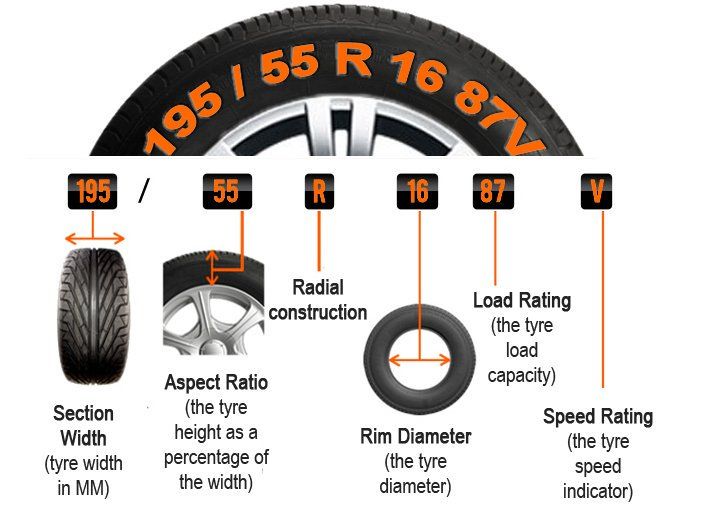 The most common tires used with size R15 are P235/75R15 , P205/65R15 , and P215/70R15 . The R15 tire is equipped with a 15-inch rim. The P tire option is the most common R15 tire. This tire is designed and designed for conventional passenger cars. The R16 is an enlarged version of the R15 tire. The most popular variant of this tire is the P225 / 60R16 and designed for most passenger cars.
The most common tires used with size R15 are P235/75R15 , P205/65R15 , and P215/70R15 . The R15 tire is equipped with a 15-inch rim. The P tire option is the most common R15 tire. This tire is designed and designed for conventional passenger cars. The R16 is an enlarged version of the R15 tire. The most popular variant of this tire is the P225 / 60R16 and designed for most passenger cars.
- The optimal dates on which it is worth changing one rubber for another - when the number of temperature transitions through zero is minimized. That is, when the temperature does not go over zero at night, it is already possible to change shoes for summer tires, - the interlocutor of VM explained.
That is, when the temperature does not go over zero at night, it is already possible to change shoes for summer tires, - the interlocutor of VM explained.
The specialist noted that there is a popular belief, according to which the transition to summer tires should be planned on Lenin's birthday - April 22. It is necessary to put winter tires again on the day of the October Revolution - November 7, Brevdo said.
According to the expert, when buying a new set of summer tires, you need to make sure that the tires are suitable for the tasks of the car and fit it. It makes no sense to set non-standard sizes, the specialist is sure.
Brevdo noted that one can choose summer tires by studying independent tests of automotive publications.
- Tires are judged on various parameters: handling, hydroplaning resistance and a number of different indicators. As a result, it is determined which tires score more points, - said the auto expert.
As Brevdo noted, not always the best tires will be a rational purchase: foreign brands of the first line are quite expensive.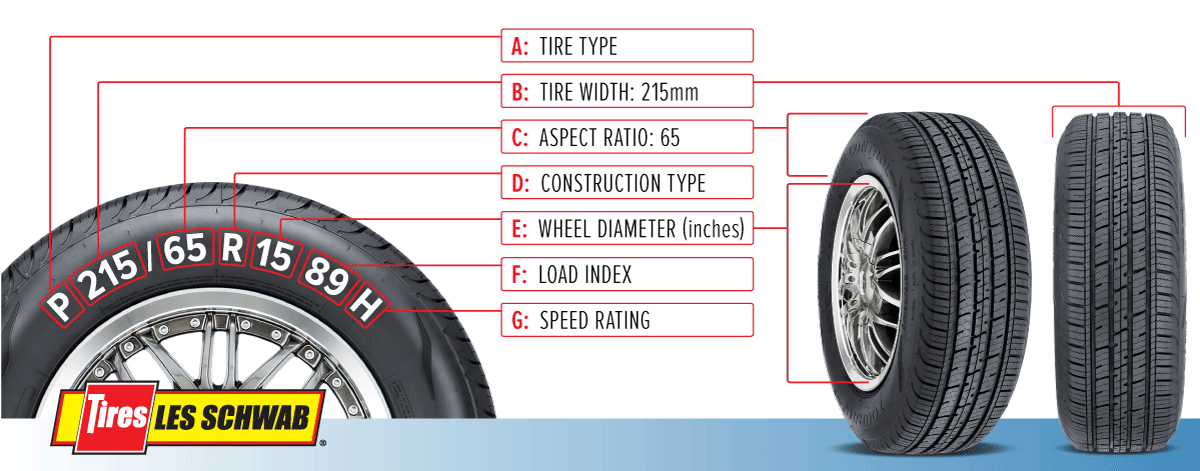 The same firms, as a rule, have cheaper tires of the second line, which are almost not inferior in performance.
The same firms, as a rule, have cheaper tires of the second line, which are almost not inferior in performance.
It is also not worth taking the most inexpensive tires, the specialist noted.
- It's quite risky to take very cheap ones, because tires are the only thing that connects the car to the road, this is an important element of safety. Choosing tires only on the principle of economy is wrong. But to approach with a balanced assessment, taking into account the results obtained during the tests and correlating with the price asked for tires - this will be a competent approach when choosing any tires, - said the interlocutor of VM.
The specialist pointed out that tires of the same size can cost differently depending on which car they are designed for. So, tires for a crossover will cost more than tires for a budget sedan.
In addition, the tire size also affects the cost, Brevdo noted.
- It happens that on the same car you can put tires with a diameter of 16 inches or 17 inches.